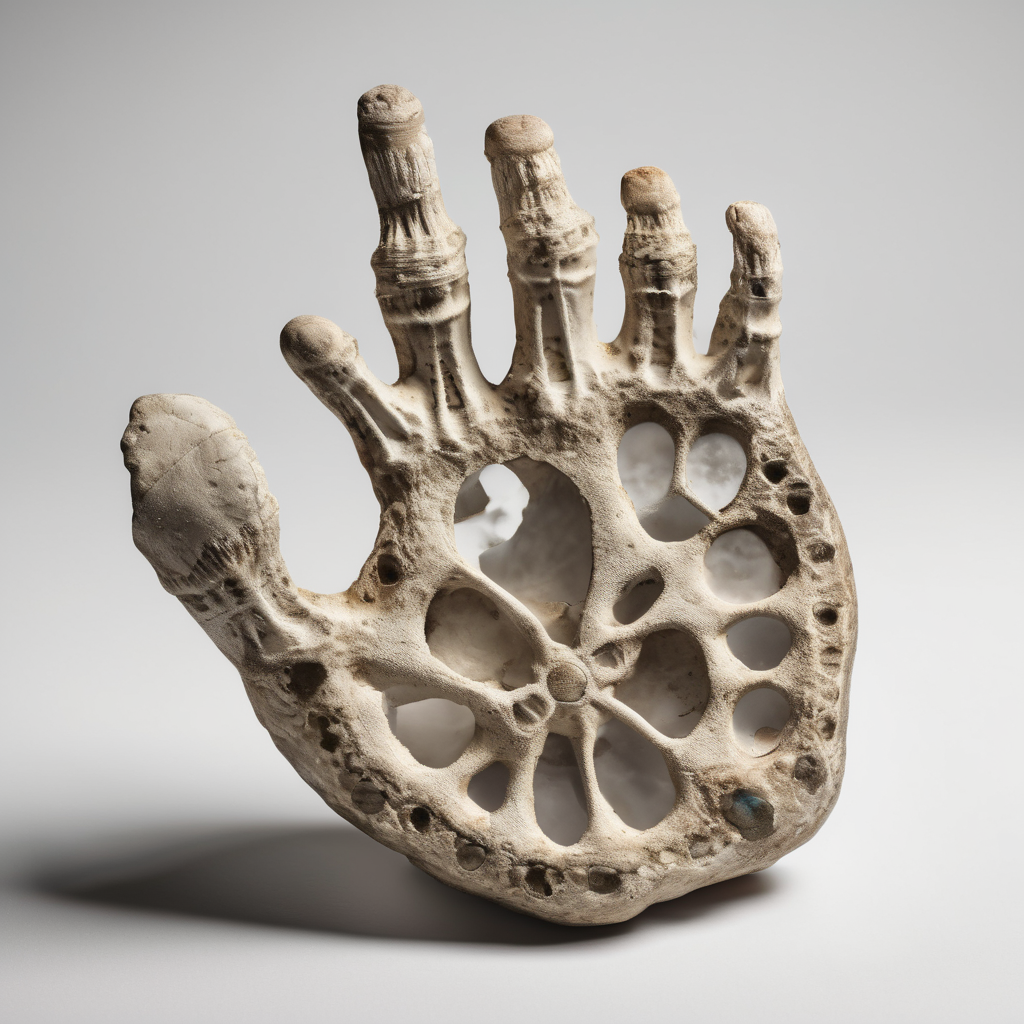Researchers have made a remarkable discovery near Lake Turkana in northern Kenya, revealing fossils linked to the extinct human relative Paranthropus boisei, which dates back roughly 1.52 million years. This significant find consists of hand and foot bones, alongside other skeletal fragments, marking the first definitive evidence of this species’ ability to use tools and walk on two legs.
Unearthed in the Koobi Fora region, the partial skeleton includes most of the hand, multiple foot bones, teeth, portions of a forearm, and fragments of the skull. Prior discoveries attributed to Paranthropus boisei mainly involved cranial and dental remains; however, the latest find delivers crucial insights into the physical abilities of this ancient species.
Paleoanthropologist Carrie Mongle from Stony Brook University, the study’s lead author, highlighted the importance of connecting these specific hand and foot bones to Paranthropus boisei, noting that it has taken 65 years since the original discovery to confirm this connection. She emphasized that the fossil’s hand structure indicates an ability to form precision grips similar to those of modern humans, suggesting potential for tool-making.
Co-author Louise Leakey of the Koobi Fora Research Project elaborated on how the robust construction of the hand likely facilitated powerful grips needed for processing tough plant materials. The fossilized foot bones also provide evidence of efficient bipedal locomotion, exhibiting an arch structure akin to that of contemporary humans. Previously, the absence of hand and foot fossils hindered the understanding of the lifestyle and resource utilization of this species.
Paranthropus boisei was one of four hominin species that roamed East Africa between one and two million years ago, coexisting with other species like Homo habilis and Homo erectus. Notably, research conducted last year revealed that these species, including Homo erectus, left overlapping trackways at Koobi Fora, indicating possible interactions and competition for resources.
Despite its specialized adaptations, Paranthropus boisei ultimately faced extinction, representing an evolutionary dead end in human development. This ongoing investigation into human ancestry not only enhances our comprehension of evolutionary biology but also sparks optimism for future discoveries that may illuminate the complex connections between ancient and modern life. The tenacity and adaptability showcased by these early human relatives serve as a testament to the dynamic nature of evolution and the ongoing quest to learn more about our origins.
